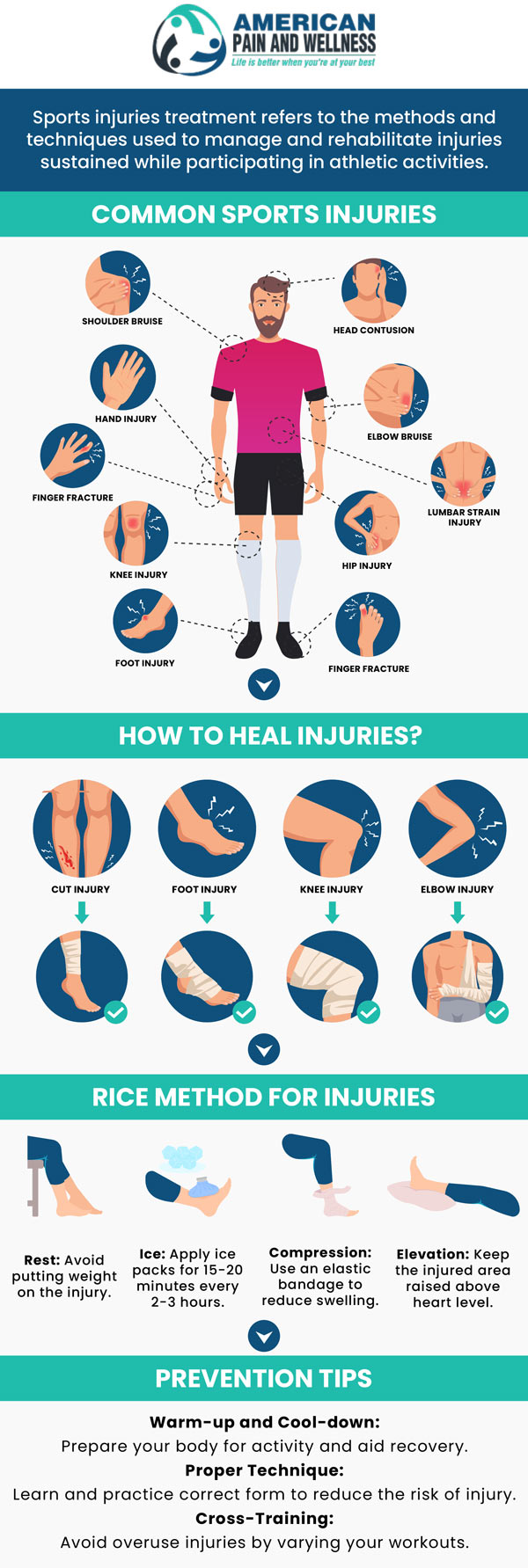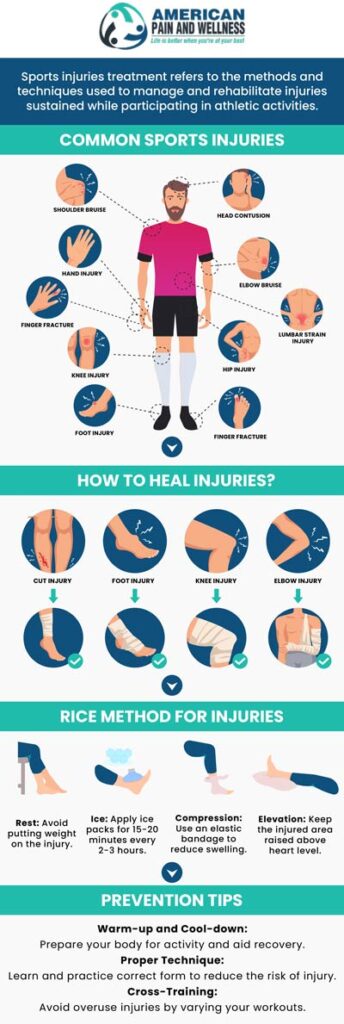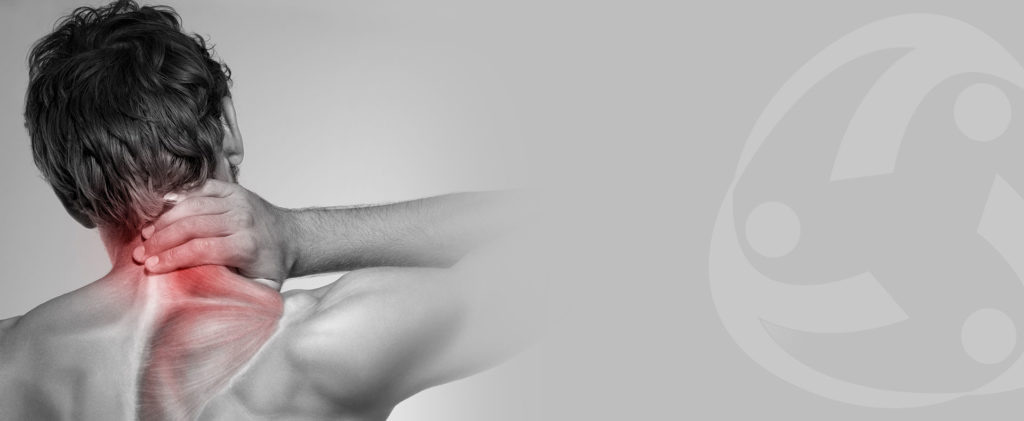Sports Injury Doctor in Plano TX
Sports injuries are prevalent and can affect your bones, muscles, tendons, ligaments, and other tissues throughout your body. A sports injury’s indications and symptoms vary depending on the type of injury. Aches, soreness, or tenderness, bruising, deformity, such as a bone or joint seeming out of place, decreased range of motion, grinding, cracking, clicking, or popping noises, the inability to bear weight on your hip, leg, or foot, weakness or stiffness, swelling, and difficulties moving a bodily part normally and skin that is warm to the touch are all common symptoms. Our board-certified specialist, Dr. Steven L. Remer, MD, and his compassionate team will help alleviate your pain. For more information, contact us or request an appointment online. We are conveniently located at 7920 Preston Road Suite 400 Plano, TX 75093.




Table of Contents:
What is a sports injury?
What are the types of injuries in sports?
What are the causes of injuries?
How can we prevent injuries in sports?
An injury sustained while participating in a sport or other physical activity is referred to as a sports injury. Anyone, from amateur to professional athletes, can sustain a sports injury. These injuries range in severity from mild to severe. Sprains, strains, fractures, dislocations, and concussions are a few common sports injuries. There are numerous causes of sports injuries, including overuse, improper form or technique, a lack of adequate equipment, or trauma from collisions with other athletes or objects. Depending on the severity of the sports injury, treatment options will range from rest and physical therapy to surgery. It’s important to use the proper techniques and equipment, warm up and stretch before physical activity, and gradually increase the intensity and duration of exercise to prevent sports injuries.
Sports injuries come in many different forms. The most common sports injuries include:
• Concussions – A blow to the head can result in this type of traumatic brain injury. Numerous symptoms, such as headaches, vertigo, confusion, and memory issues, can be brought on by concussions.
• Sprains – Injury to ligaments, which are the band of connective tissue that holds bones to one another, is referred to as a sprain. Sprains occur when a joint is rotated or twisted outside of its normal range of motion.
• Strains – An injury to the muscles or tendons, which are the bands of tissue connecting muscles to bones, is a strain. When a muscle is stretched or pulled too far, strains can happen.
• Overuse injuries – Overuse injuries are brought on by repetitive motion and can lead to conditions such as tendonitis and stress fractures.
• Dislocations – An injury known as a dislocation occurs when a bone is yanked out of its joint. Dislocations can result from falling, a direct blow, or twisting of the joint.
• Fractures – A direct blow, a fall, and overuse can all lead to fractures.
Some common causes of sports injuries include:
• Overuse – Overuse injuries include tendonitis, stress fractures, and carpal tunnel syndrome and are a result of repetitive motion. Athletes and those who engage in repetitive tasks frequently suffer from overuse injuries.
• Poor form or technique – Injuries can occur as a result of improper technique during physical activity, which places stress on joints, muscles, and other body parts.
• Improper equipment – Wearing inadequate or incorrectly fitting shoes, pads, or helmets significantly increases the risk of injury while engaging in physical activity.
• Accidents – Often, sports injuries occur due to accidents such as falls resulting in impact with terrain or another play.
• Environmental factors – The weather and poor visibility are examples of environmental factors that can cause accidents and injuries.
• Medical conditions – Some medical conditions, like osteoporosis, can make fractures and other injuries more likely.
By taking certain precautions, some of the risks of sports injuries can be mitigated. Here are some pointers for avoiding sports-related injuries:
• Warming up and stretching – By increasing blood flow to muscles and preparing them for physical activity, a proper warm-up and stretching routine will help prevent sports injuries such as strains.
• Using proper form and technique – Using proper form and technique will help prevent injuries by putting less strain on the muscles, joints, and other body parts.
• Using proper equipment – Protecting the body from impact and lowering the risk of sports injuries can be accomplished by using the proper gear, such as helmets, pads, and shoes.
• Staying hydrated – It’s important to stay hydrated to replenish water lost through sweat during physical activity. This will prevent dehydration and optimize the function of the body during sports.
• Listening to the body – By allowing the body time to rest and recover after physical activity, you can lower your risk of developing overuse injuries.
• Adding intensity slowly – Increasing the intensity and duration of physical activity gradually will help the body adapt and lower the risk of overuse injuries.
Visit American Pain and Wellness for the treatment of sports injuries. For more information, contact us or request an appointment online. We are conveniently located at 7920 Preston Road Suite 400 Plano, TX 75093. We serve patients from Plano TX, McKinney TX, Parker TX, Lucas TX, Murphy TX, Richardson TX, and surrounding areas.

Additional Services You May Need

Additional Services You May Need
• BACK AND NECK PAIN
• FACET INJECTIONS
• JOINT INJECTIONS
• PAIN MANAGEMENT
• REGENERATIVE MEDICINE
• PRP INJECTIONS
• HERNIATED DISC
• SPINE PAIN MANAGEMENT
• ARTHRITIS
• MUSCLE PAIN
• RHEUMATOLOGIC PAIN MANAGEMENT
• SACROILIAC JOINT PAIN
• NERVE PAIN
• ABDOMINAL AND PELVIC PAIN
• SPINAL STENOSIS
• SCIATICA TREATMENT
• PHYSICAL REHABILITATION THERAPY
• COMPLEX REGIONAL PAIN SYNDROME
• OSTEOARTHRITIS
• IMMEDIATE RELIEF FOR SCIATICA PAIN
• EPIDURAL STEROID INJECTIONS
• DYSTONIA
• CHRONIC PAIN
• CANCER PAIN
• AUTO ACCIDENT INJURY
• ARACHNOIDITIS




